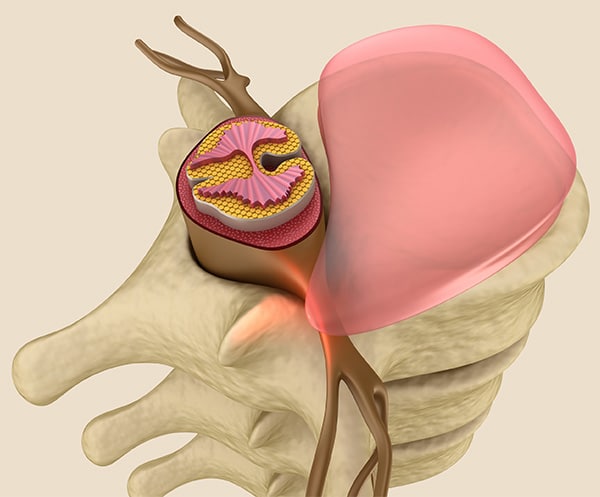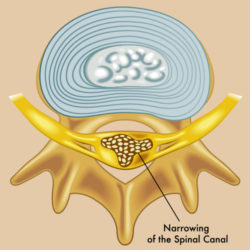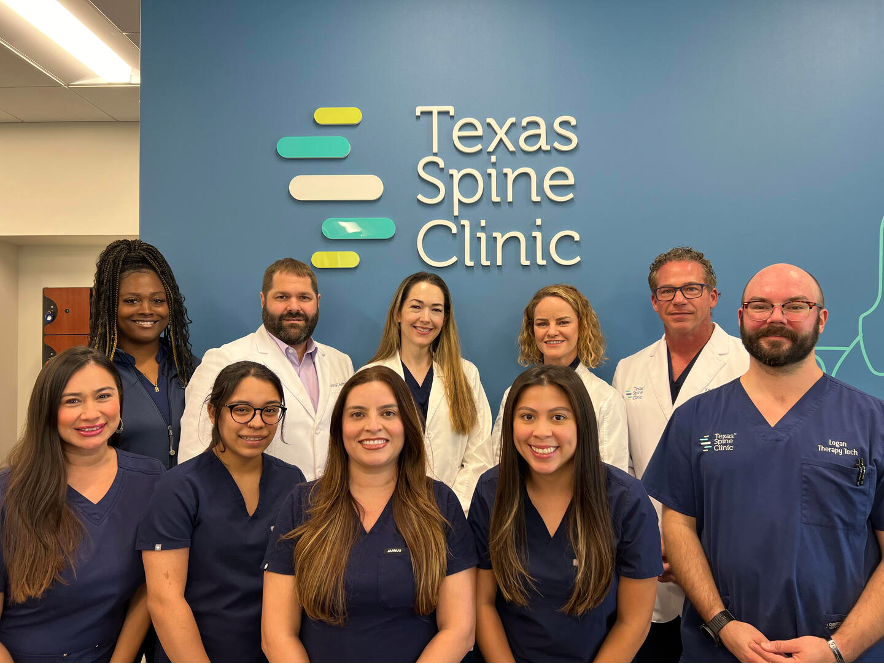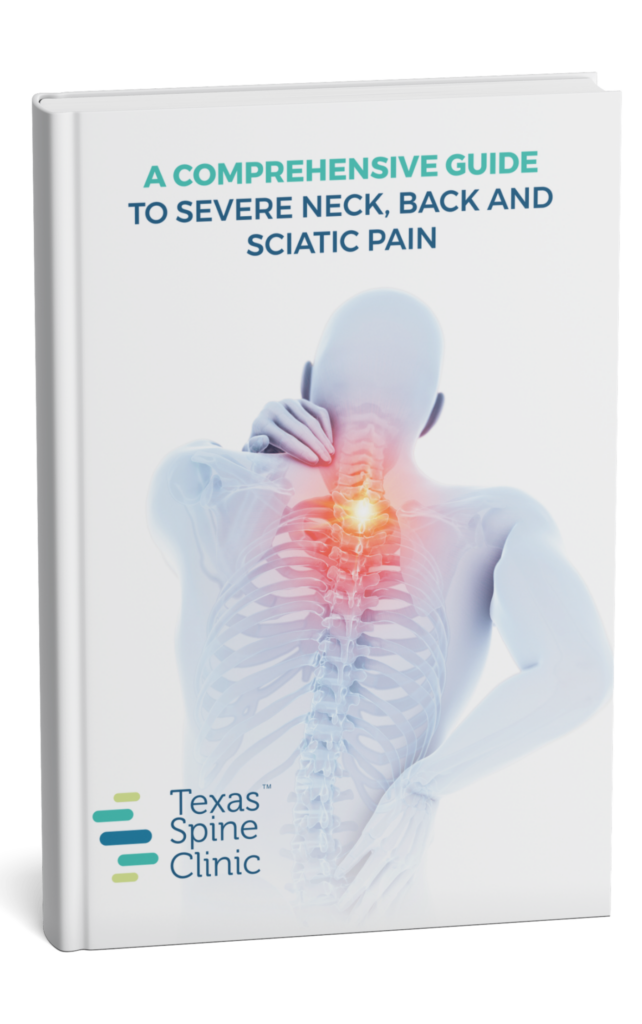Understanding Sciatica: Causes, Symptoms and Treatment
What is Sciatica?
Sciatica refers to a condition that is characterized by sharp shooting pains, such as burning, stinging, or numbing, that begin in the buttocks and travels down the leg to the foot.
These may or may not be associated with lower back pain. The most common cause of lower back pain is a compressive neuropathy from a disc herniation impinging one or more of the bottom three nerve roots of the lower back (L4, L5, and S1) that make up the largest and longest nerve in the body, the sciatic nerve.
What are the symptoms of Sciatica problems?
The pain is usually one-sided, but it can occur bilaterally. True sciatica is a radicular pain that travels and displays a dermatomal pain pattern. Dermatomes are part of a clinical map that indicates the distribution of nerve fibers in the skin. Dermatomes also indicate how we perceive pain and sensory information.
S1 Nerve Distribution
The S1 nerve distribution is the most common impinged or pinched nerve root by the L5 disc. If this nerve root is affected, experiences of pain and numbness of the back of the thigh may follow. The pain radiates through the back and part of the side of the lower leg as well as the side of the foot. The L5 distribution occurs at the most lateral aspect of the lower leg and the L4 on the inside of the lower leg.
These clinical symptoms help doctors diagnose the level of impingement or herniation preliminarily before an MRI is ordered to confirm the lesion.
Patients may experience:
- Weakness
- Loss of reflexive response
These symptoms correspond to the dermatomal pain distribution and classifies a more serious impingement.
Request an Appointment
Please fill out the information below & someone from our team will contact you to confirm your visit.
What causes Sciatica pain?
Sciatica is not a condition but a symptom of underlying medical problems. Three common causes are:
Herniated or Ruptured Disc
This is one of the most common causes of sciatica. A herniated (or “slipped”) disc occurs when the soft core a disc in your spine is pushed through a weakened part of the outer core. This condition places pressure on your nerves or spinal cord. The lower back (“lumbar area”) is a common area to suffer a slipped discs.
A bulging disc is a condition where the inner nucleus of the vertebral disc extends out to the outer layer. The discs in your neck can also sometimes be affected. Herniated discs occur as a result of strenuous activity, especially as one ages.
Pain often starts slowly and may worsen over time. You may notice the pain intensify with coughing, laughing, sitting, standing, or when trying to sleep.


Spinal Stenosis
Spinal stenosis is a condition that causes the passageway between vertebrae in your spine to narrow. Since your spinal nerve roots and spinal cord are located within this space, any compression can cause nerves in the body to be pinched.
Most people experience this in their neck or lower back. It can cause numbness or pain in the neck, shoulders, back, arms, legs, and calves. Like many other conditions stemming from spinal discomfort, the pain may worsen over time.
Spondylolisthesis
Spondylolisthesis occurs when a bone in the spine slips out of its proper place and onto the bone below it. This condition and the pain associated with it can range from mild to severe. Many people with spondylolisthesis are not symptomatic. For those who are, this condition can be very uncomfortable.
Some individuals may feel only numbness in their thighs and buttocks area. Other symptoms can include tightness in the back or hamstrings, weakened muscles, or pain in the area in which a disc has slipped.
Cysts and tumors are also often to blame for sciatica pain, and are among more rare conditions that cause pain, such as:
- Synovial Cysts
- Piriformis Syndrome
- Obturator Syndrome
- Far Out Syndrome
- Tumors
- Hypertrophied Epidural Blood Vessels
- Spondylolisthesis
- Gas Filled Synovial Cysts
Sciatica: Our Specialists and Treatments Can Help
At Texas Spine Clinic, we offer a multidisciplinary approach to treating sciatica, combining chiropractic care and pain management procedures to provide you with the best possible solution. One of our most effective treatments for sciatica is DRX9000 spinal decompression therapy, which gently relieves pressure on the pinched nerve root. In severe cases, we may utilize epidural steroid injections to reduce pain and inflammation, helping you recover faster. Our team will guide you toward the most appropriate treatment plan for your specific needs.
Our Specialists Can Help with Sciatica. Call 210-741-9166 and schedule your appointment to find out which treatment is best for you!
Sciatica should not slow you down and keep you from the things you love doing. Texas Spine Clinic offers the most advanced non-surgical treatment options for sciatic pain and our specialists of chiropractors, pain management physicians, and nurse practitioners will help you every step of the way.


